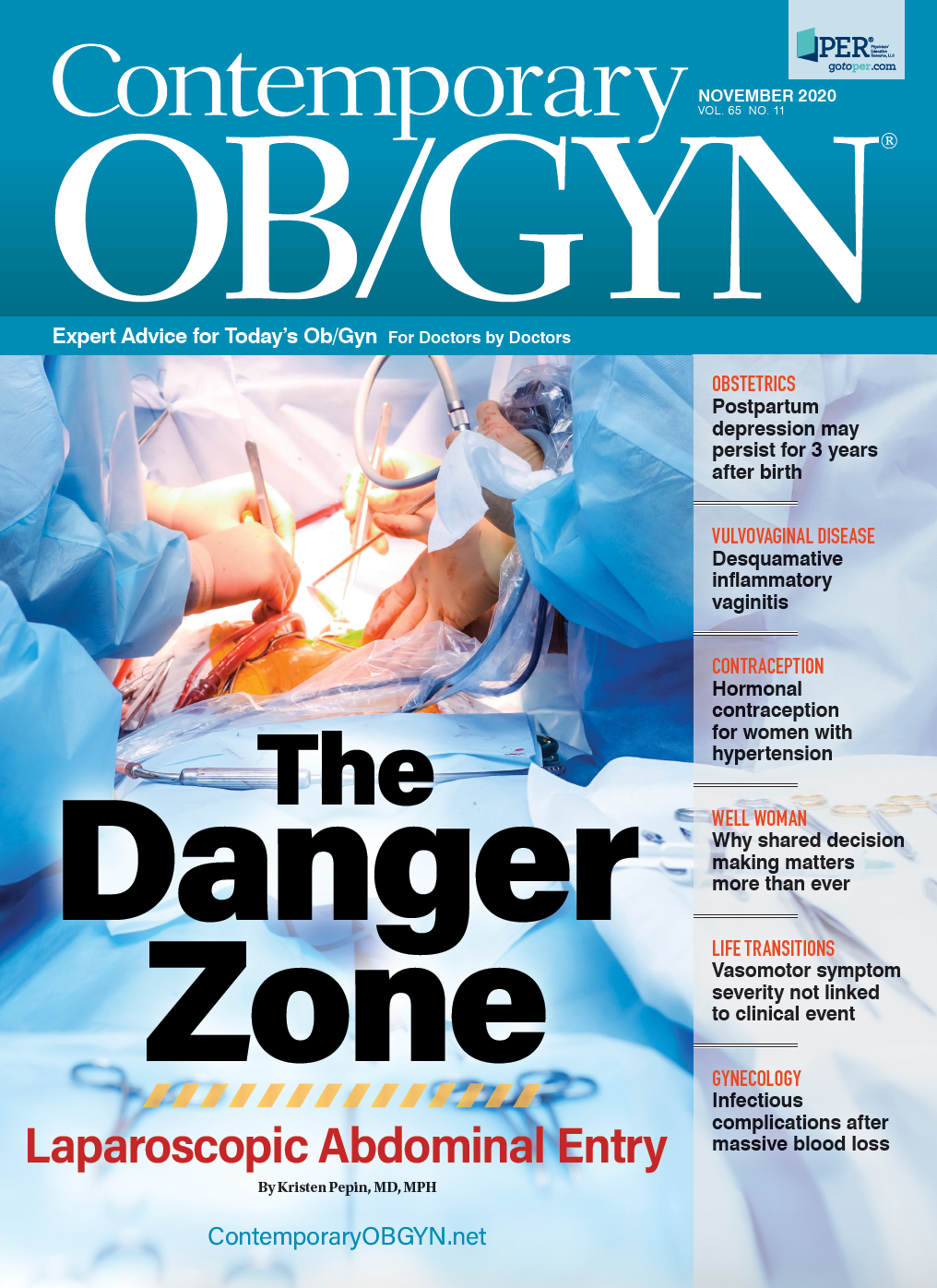Innovating for improved patient outcomes
This issue is dedicated to exploring technologies that can improve your patients’ lives and your practice.
Innovations in medical tools and technologies have revolutionized women’s health care. This issue explores technologies that can improve your patients’ lives.
Several prominent experts, led by Deputy Editor Jon I. Einarsson, MD, MDH, PhD, contributed their unique perspectives to articles in this issue. Together with Robert Zurawin, MD, and Gaby Moawad, MD, Dr. Einarsson engages in a pros-and-cons discussion of gynecologic surgical approaches and the latest technologies. The question persists: Why isn’t vaginal hysterectomy the more widely used approach? What if it is made more accessible via technology? The full video interview is available here.
For more than 100 years, the Austrians and the Germans dominated the world of vaginal hysterectomy, said Dr. Zurawin, because they realized its advantages to reduce the infection and bleeding seen in the abdominal approach, with very high morbidity and mortality. Dr. Zurawin has spoken of Dr. Noble Sproat Heaney, who popularized vaginal hysterectomy in 1934 with instruments he designed, which are used today.
What is the next evolution in technology that will allow ob/gyns to safely and effectively perform gynecological procedures? Much is in progress.
Let us know your thoughts about technologies that have improved your practice by emailing our editorial staff at COGeditorial@mmhgroup.com.

